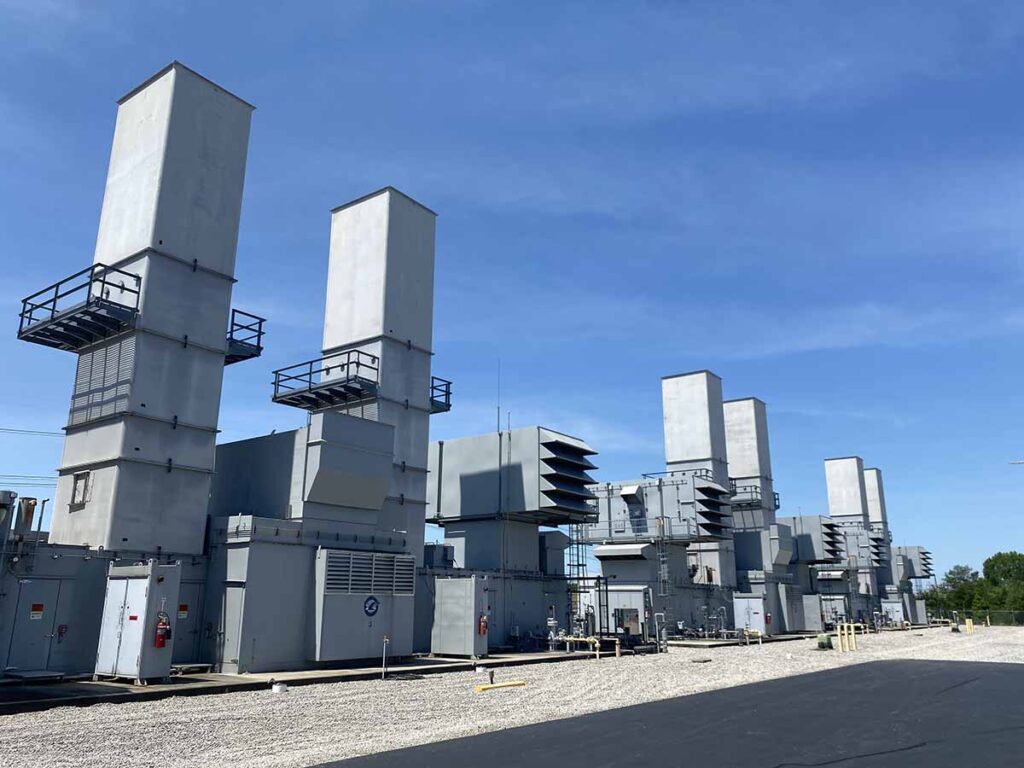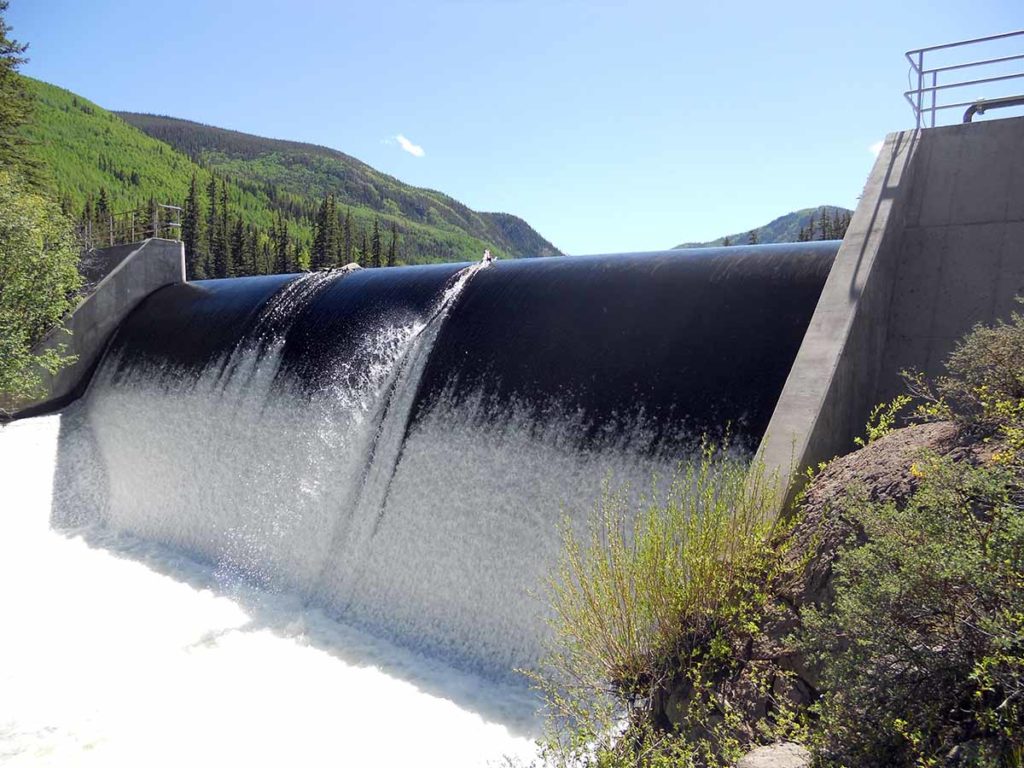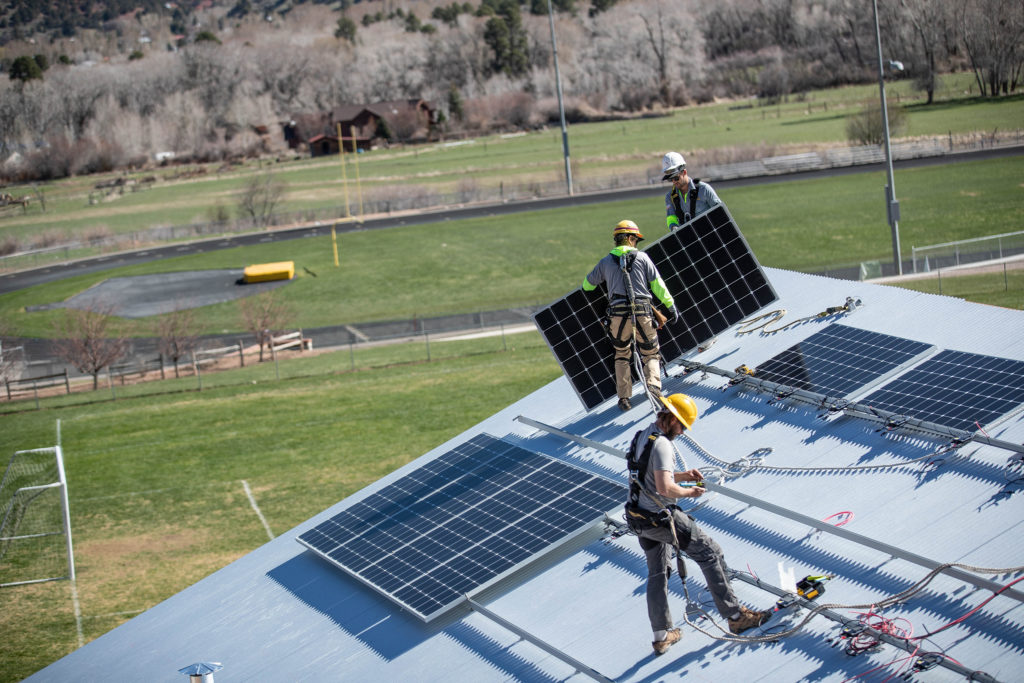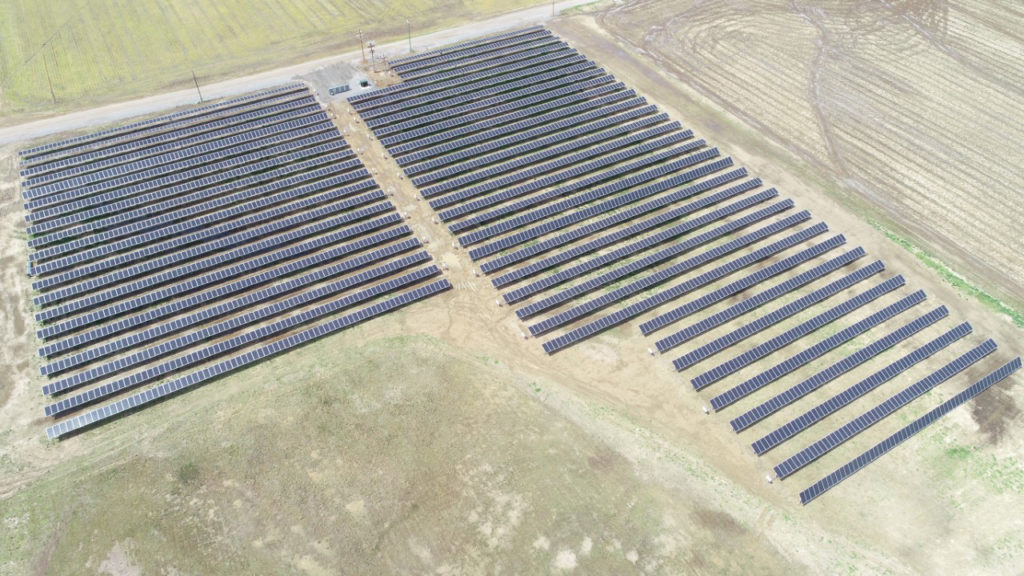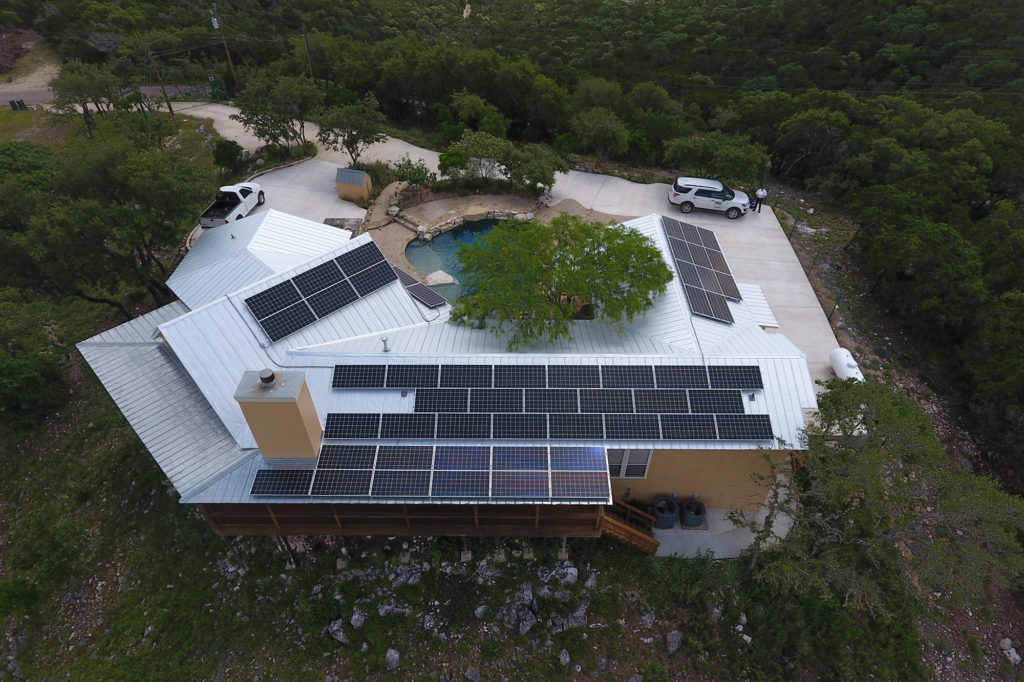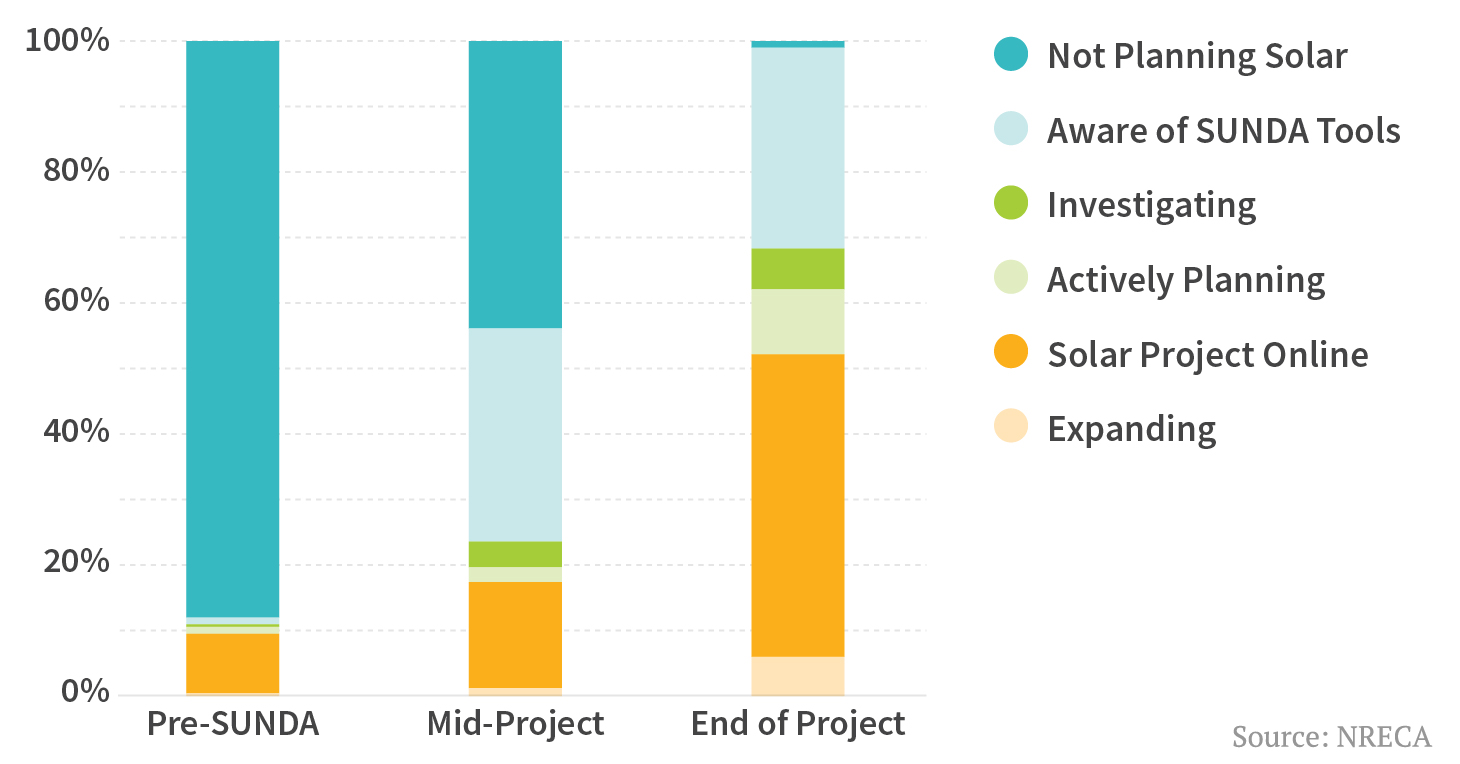(ARLINGTON, Va.) – Energy and environmental stakeholders are uniting around “community storage” to help solve the electric industry’s energy storage challenge. The Community Storage Initiative today announced the support of key industry groups, including the nation’s utility trade associations, environmental groups, manufacturers and more than a dozen individual utilities.
Community storage refers to a spectrum of utility-sponsored programs that aggregate electric storage resources available throughout the community, such as water heaters and electric vehicles, to improve the efficiency of electric energy services for consumers. Community storage programs offer the industry practical steps to rapidly increase the amount of energy storage available, and also integrate more renewable resources.
Initiative members are already implementing community storage programs; through the Initiative, they will be working together to evolve those programs.
Like community solar, community storage enables consumers and utilities to share the system-wide benefits of energy storage – environmental benefits, lower costs and grid optimization – in communities large and small across the country. Such programs maximize the value of distributed energy resources, many of which are already available to participate in energy storage programs through simple retrofits and program design.
The Initiative’s charter sponsors include the following: National Rural Electric Cooperative Association (NRECA), American Public Power Association (APPA), Edison Electric Institute (EEI), Natural Resources Defense Council (NRDC), and Peak Load Management Alliance (PLMA). The Initiative will be chaired by Gary Connett, Director of Member Services at Great River Energy, a generation and transmission cooperative based in Maple Grove, Minn.
The Initiative’s supporters include a wide array of energy, environmental and business interests:
Trade associations: American Public Power Association, Edison Electric Institute, National Rural Electric Cooperative Association and Peak Load Management Alliance.
Environmental and efficiency advocacy groups: Natural Resources Defense Council, Rocky Mountain Institute, Vermont Energy Investment Corporation.
Manufacturers: GARN, Ice Energy, Power Over Time, Steffes Corporation, Vaughn Thermal Corporation and Sunnovations Inc.
Individual utilities: Central Electric Cooperative of Pennsylvania, Dairyland Power Cooperative, Duke Energy, Federated Rural Electric, Great River Energy, Green Mountain Power, Horry Electric Cooperative, Inc., Itasca-Mantrap Electric Cooperative, Jackson EMC, Marquette Board of Light and Power, McLeod Cooperative Power Association, Minnesota Rural Electric Association, North Itasca Electric Cooperative Inc., Northwestern Rural Electric Cooperative Association, Oconto Electric Cooperative, Palmetto Electric Cooperative, South Central Electric Association, and Steele-Waseca Cooperative Electric, South Central Electric Association and Wellesley Municipal Light Plant.
A list of supporters and brief descriptions of their community storage efforts is available on the Initiative’s website. Initiative members are conducting a range of innovative community storage programs, including grid-interactive water heating, electric vehicle charging, grid-interactive space heating, ice storage technology, and residential battery storage.
Research conducted by The Brattle Group and sponsored by the Initiative’s founding members recognized that the nation’s 50 million residential electric water heaters collectively represent a significant and vastly underutilized energy storage resource capable of leveraging substantial environmental and cost benefits. An article in November’s Public Utility Fortnightly introduced the community storage concept. Links to both the report and the article can be found on the Community Storage Initiative’s web site.
The American Public Power Association is the national service organization for the more than 2,000 not-for-profit, community-owned electric utilities in the U.S. Collectively, these utilities serve more than 48 million Americans in 49 states.
The Edison Electric Institute (EEI) is the association that represents all U.S. investor-owned electric companies. Our members provide electricity for 220 million Americans, operate in all 50 states and the District of Columbia, and directly and indirectly support more than 1 million jobs. Follow us on Twitter at @Edison_Electric.
The Natural Resources Defense Council (NRDC) is an international nonprofit environmental organization with more than 2 million members and online activists. Since 1970, NRDC’s lawyers, scientists, and other environmental specialists have worked to protect the world’s natural resources, public health, and the environment. Follow us on Twitter @NRDC.
The National Rural Electric Cooperative Association is the national service organization that represents the nation’s more than 900 private, not-for-profit, consumer-owned electric cooperatives serving 42 million people in 47 states. Follow us on Twitter @NRECANews.
The Peak Load Management Alliance (PLMA) was founded in 1999 as the national voice of demand response practitioners. It is a non-profit organization dedicated to the principles of demand side management, load shaping, and the integration of energy efficiency and demand response. Its membership represents a diverse collection of utilities, curtailment service providers, service and technology companies, industry consultants, and consumers.
Great River Energy, Maple Grove, Minn., is generation and transmission cooperative providing wholesale electric service to 28 Minnesota distribution cooperatives. Those member cooperatives distribute electricity to approximately 665,000 member-consumers. Great River Energy and its members offer a robust demand response program, and are able to control up to 350 megawatts of load. Great River Energy is the second largest electric power supplier in Minnesota and one of the largest generation and transmission cooperatives in the nation.
Contacts:





































